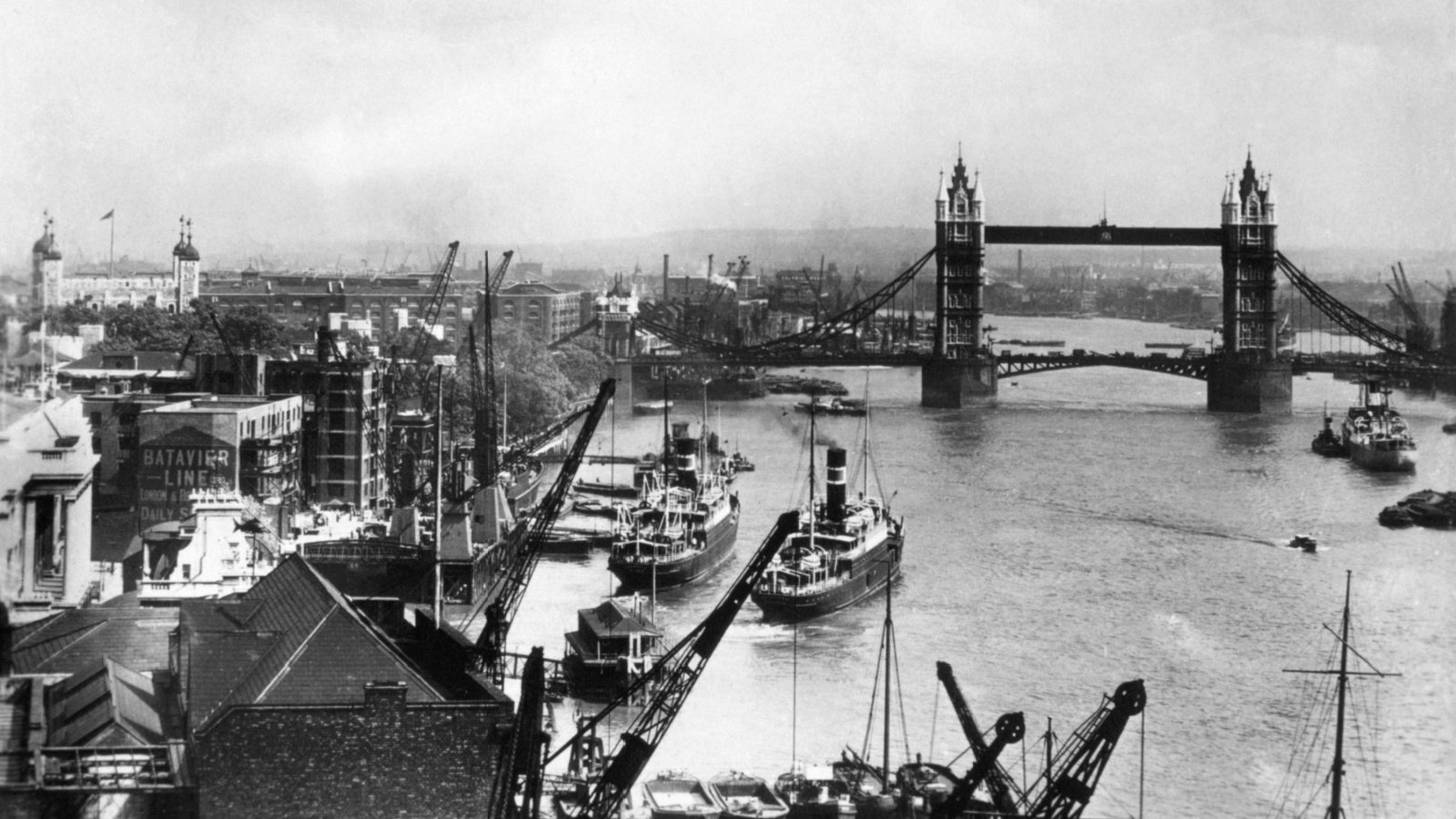From the vanishing ice caps to the expanding deserts, each startling revelation is accompanied by real-life insights from individuals witnessing these changes firsthand. Buckle up as we unveil how our planet is transforming in ways you never imagined.
Rising Sea Levels

Sea levels are rising at an alarming rate, threatening coastal communities worldwide. This increase is primarily due to melting ice caps and the expansion of seawater as it warms. Experts predict that by 2100, sea levels could rise by up to 1.2 meters, displacing millions of people. “Our beachfront home is now a waterlogged memory,” laments an online commenter, highlighting the personal impact of this global issue.
Vanishing Ice Caps

The Arctic and Antarctic ice caps are melting faster than ever, a clear indicator of accelerating climate change. These ice caps reflect sunlight, helping to regulate our planet’s temperature. Their loss contributes to rising sea levels and disrupts global weather patterns. Scientists warn that this could lead to more extreme weather events worldwide.
Soaring Temperatures
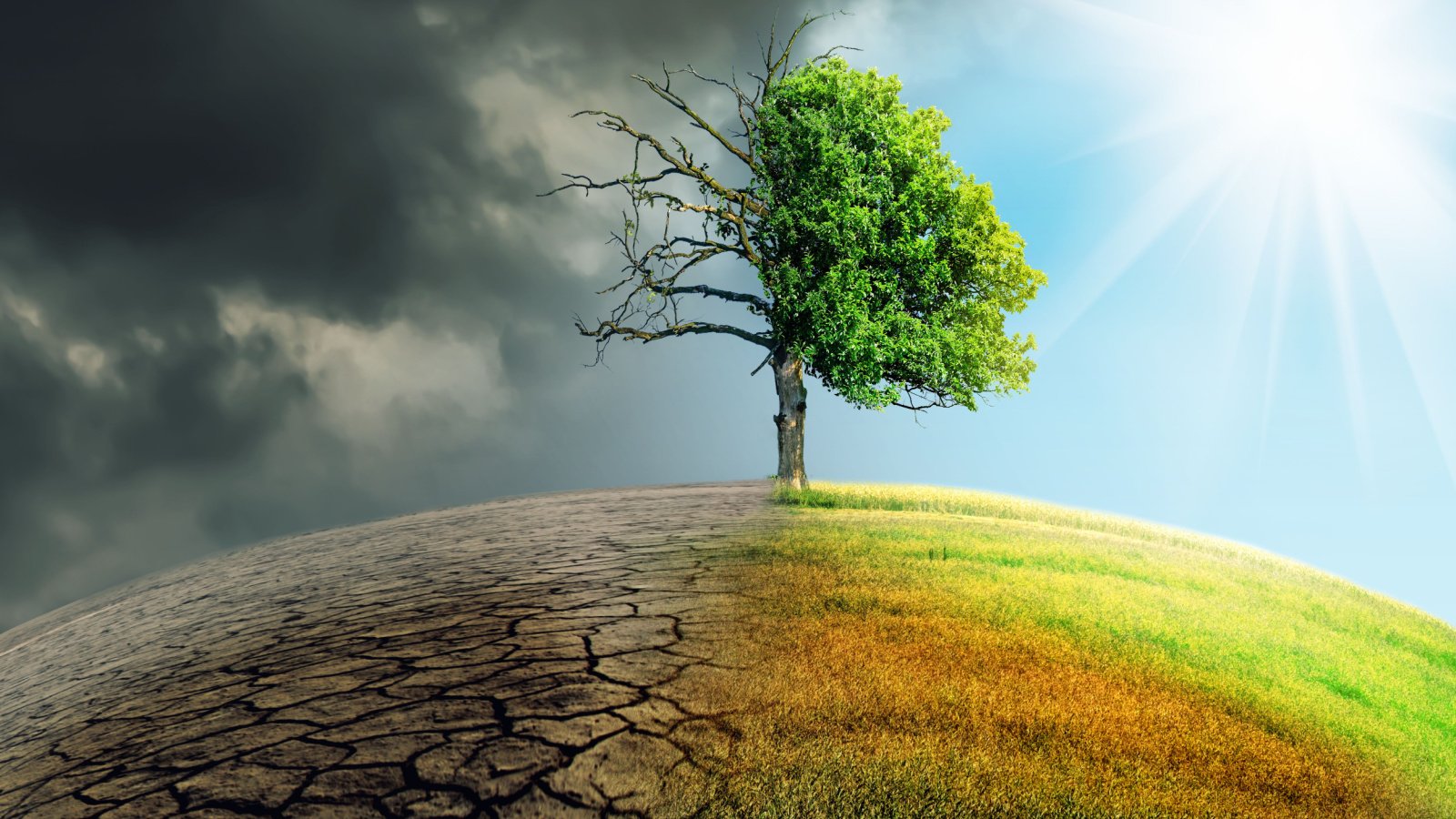
The last decade has seen the hottest years on record, signaling a trend of rising global temperatures. Heatwaves have become more frequent and intense, causing health crises, especially among vulnerable populations. Extreme temperatures are also exacerbating droughts and wildfires, with far-reaching ecological and economic impacts. “I never thought I’d need air conditioning in my city,” an online commenter notes, illustrating the changing climate norms.
Acidifying Oceans
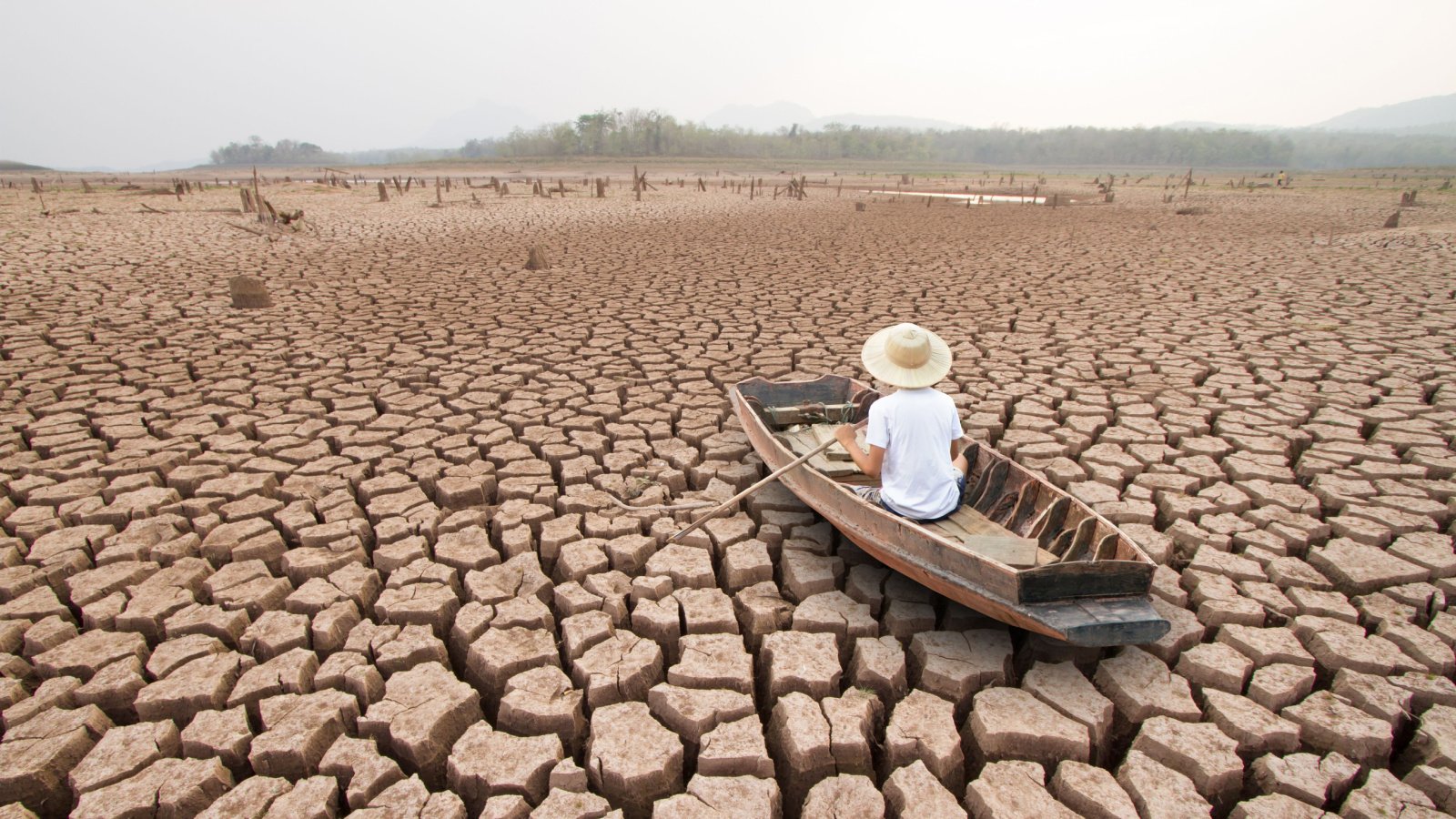
Ocean acidification, caused by increased CO2 absorption, is a less visible but critical aspect of climate change. This phenomenon severely affects marine life, particularly shellfish and coral reefs, vital to ocean ecosystems. Acidic waters disrupt the food chain and endanger the livelihoods of millions who depend on the sea. The long-term consequences of this silent crisis are yet to be fully understood.
Disappearing Biodiversity
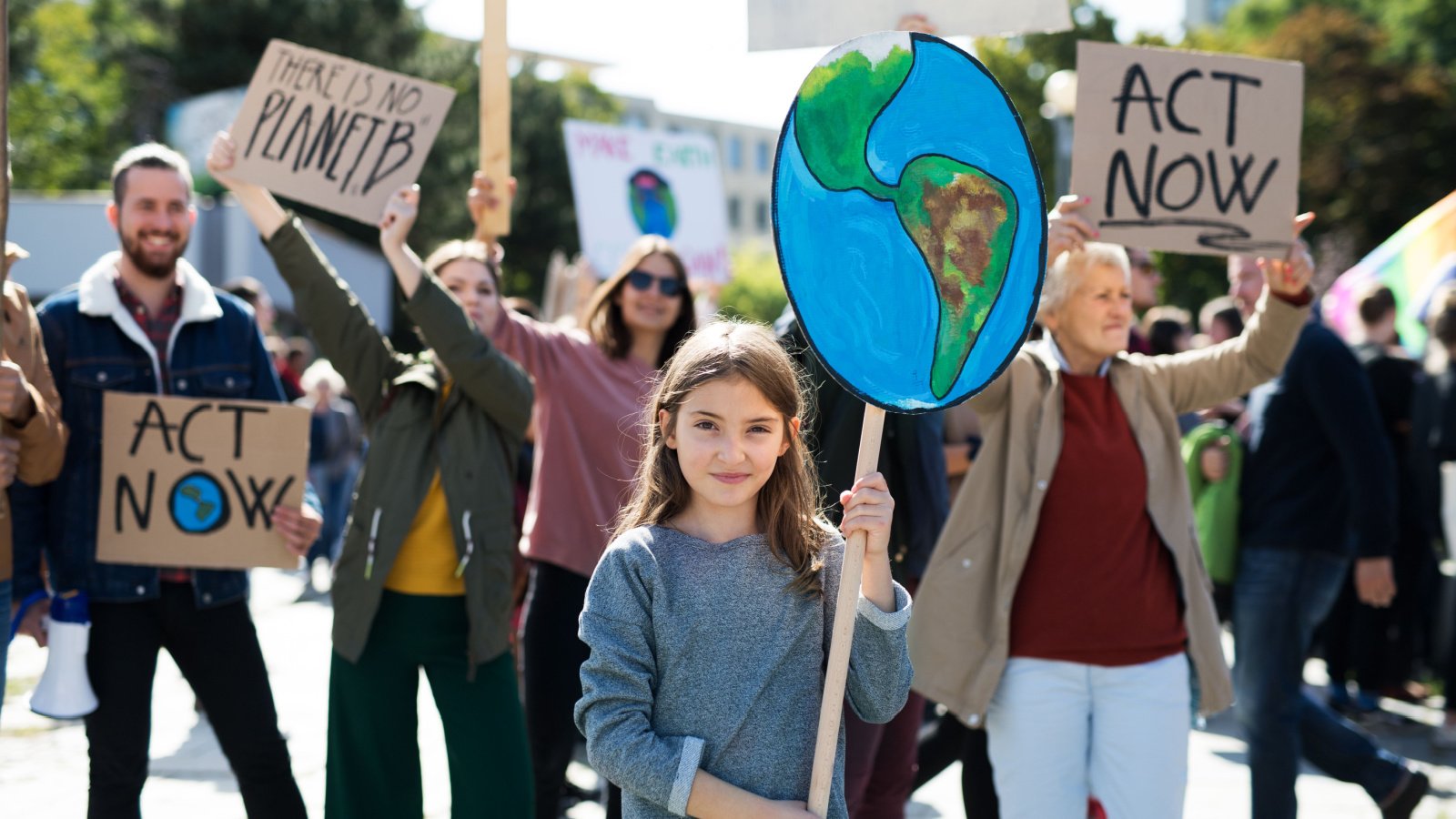
Climate change is accelerating the extinction of species at a rate unseen since the last mass extinction. Habitats are changing too rapidly for many species to adapt, leading to a significant loss of biodiversity. This loss is not just an environmental issue; it affects the balance of ecosystems that humans rely on for resources and health.
Intensifying Natural Disasters

The frequency and intensity of natural disasters such as hurricanes, floods, and wildfires have increased dramatically due to climate change. These events cause immense human suffering and economic damage. They also displace populations, creating environmental refugees and straining resources in affected areas. The increasing regularity of such disasters is a stark reminder of our changing climate.
Shrinking Freshwater Supplies

Global warming is affecting freshwater availability, with some regions experiencing severe droughts while others face floods. Glaciers, a crucial source of freshwater, are retreating, affecting millions who rely on them. Water scarcity is a health issue and a potential source of conflict and migration. An online commenter from a drought-hit area shares, “Water is now more precious than gold.”
Unpredictable Weather Patterns
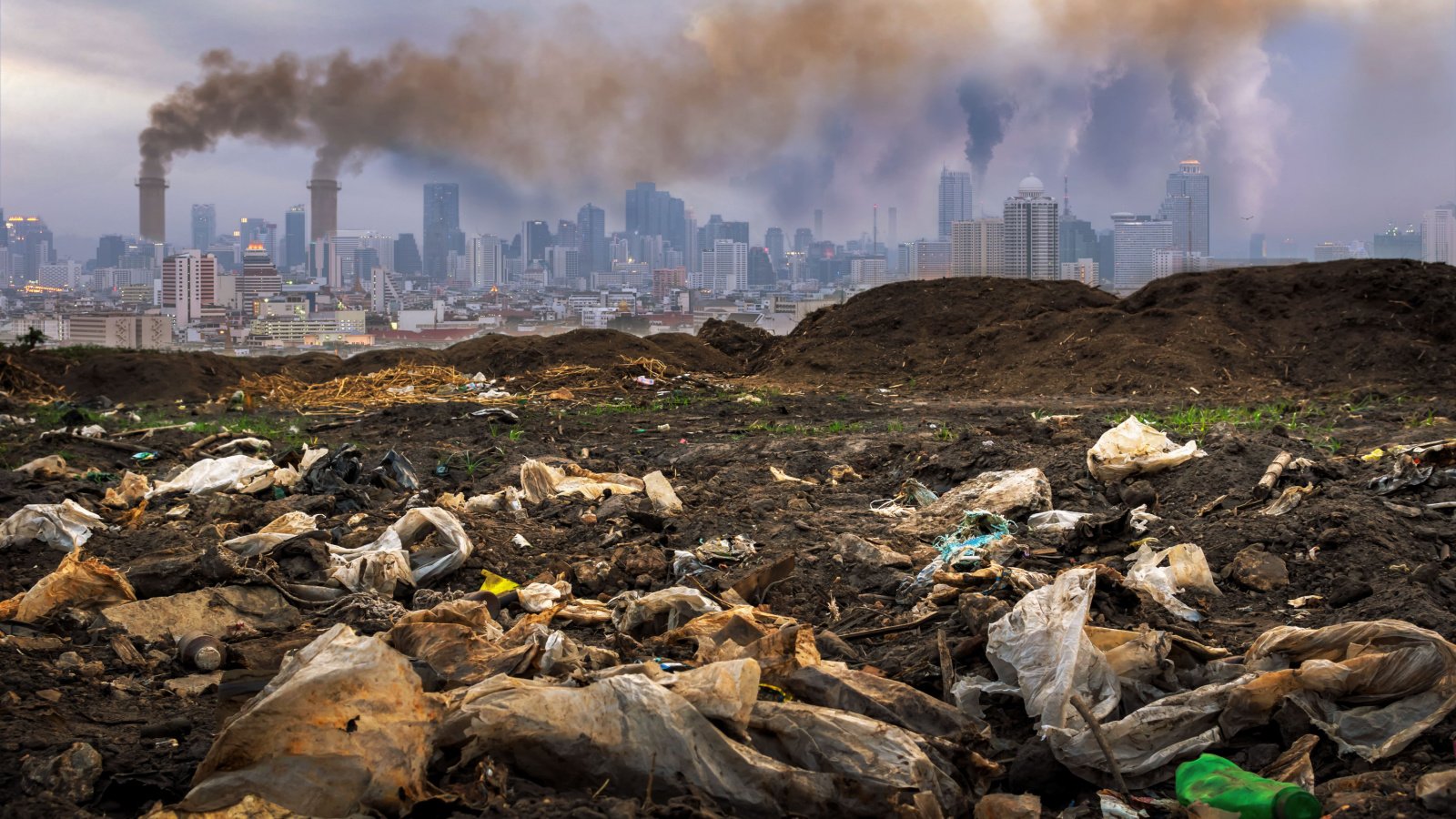
The predictability of weather patterns is being upended by climate change, affecting agriculture, infrastructure, and daily life. Farmers face uncertainty with crop yields, while urban areas struggle with planning and disaster management. These unpredictable patterns pose a challenge to global food security and economic stability. The cost of this uncertainty is becoming increasingly apparent.
Increased Carbon Emissions

Despite global awareness, carbon emissions continue to rise, driven by fossil fuel consumption and deforestation. These emissions are the primary driver of climate change, trapping heat in the atmosphere. The failure to reduce these emissions threatens to push global temperatures to catastrophic levels. “We are playing with fire, and the planet is getting burned,” a concerned citizen comments online.
The Bleaching of Coral Reefs
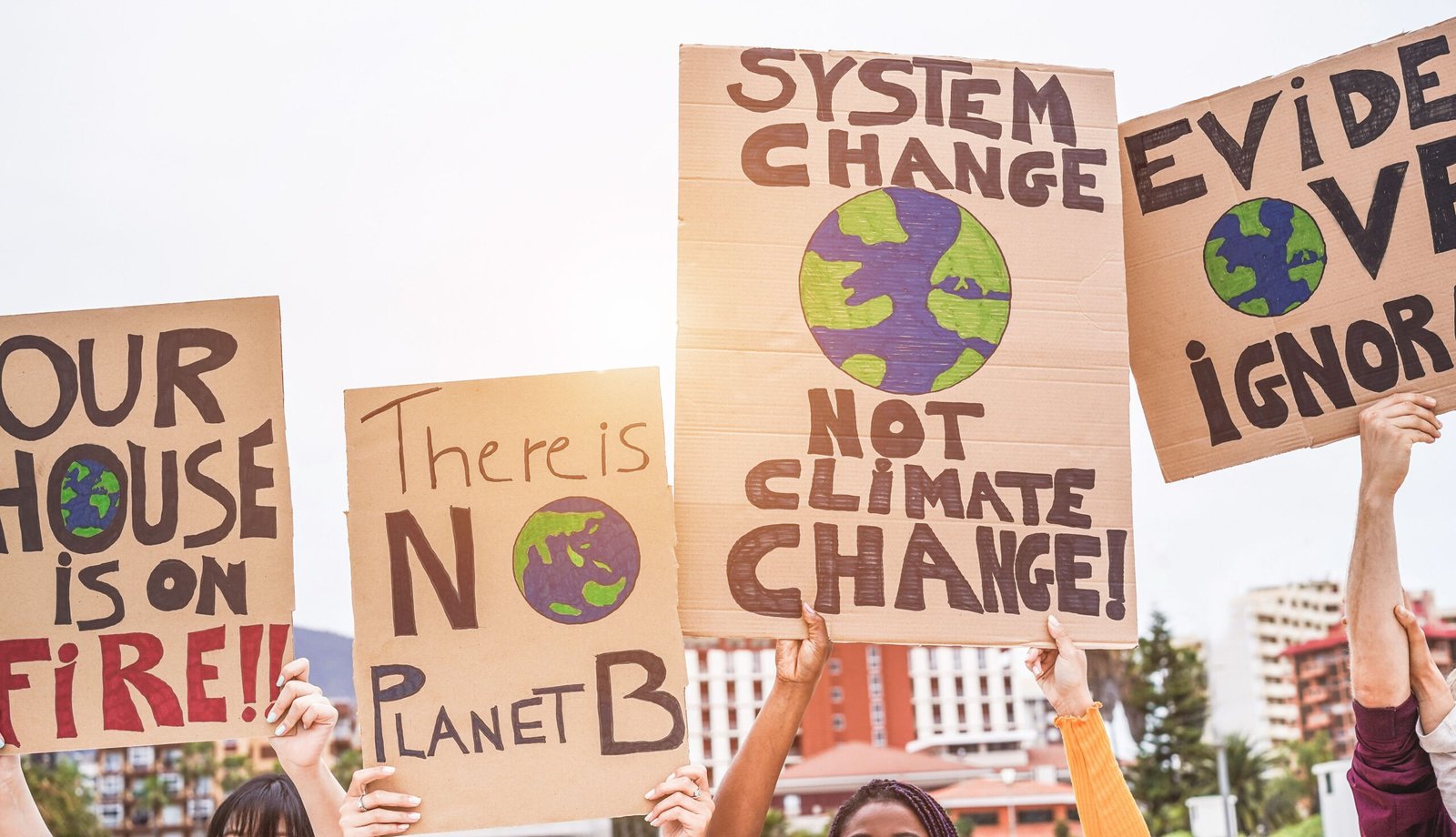
Coral reefs, often referred to as the rainforests of the sea, are experiencing widespread bleaching. This phenomenon, caused by warmer ocean temperatures, leads to the death of corals and the ecosystems they support. The loss of coral reefs has profound implications for marine biodiversity and the communities that depend on them. It is a visible, stark reminder of the impacts of climate change on marine life.
Diminishing Agricultural Yields

Climate change is impacting agricultural productivity worldwide, with extreme weather events and shifting climate zones affecting crop yields. This variability threatens global food security, especially in regions that are heavily dependent on agriculture. Increased temperatures and changing rainfall patterns make it challenging to grow crops, necessitating a shift to more resilient varieties. The struggle of farmers to adapt is a growing concern for global food supplies.




